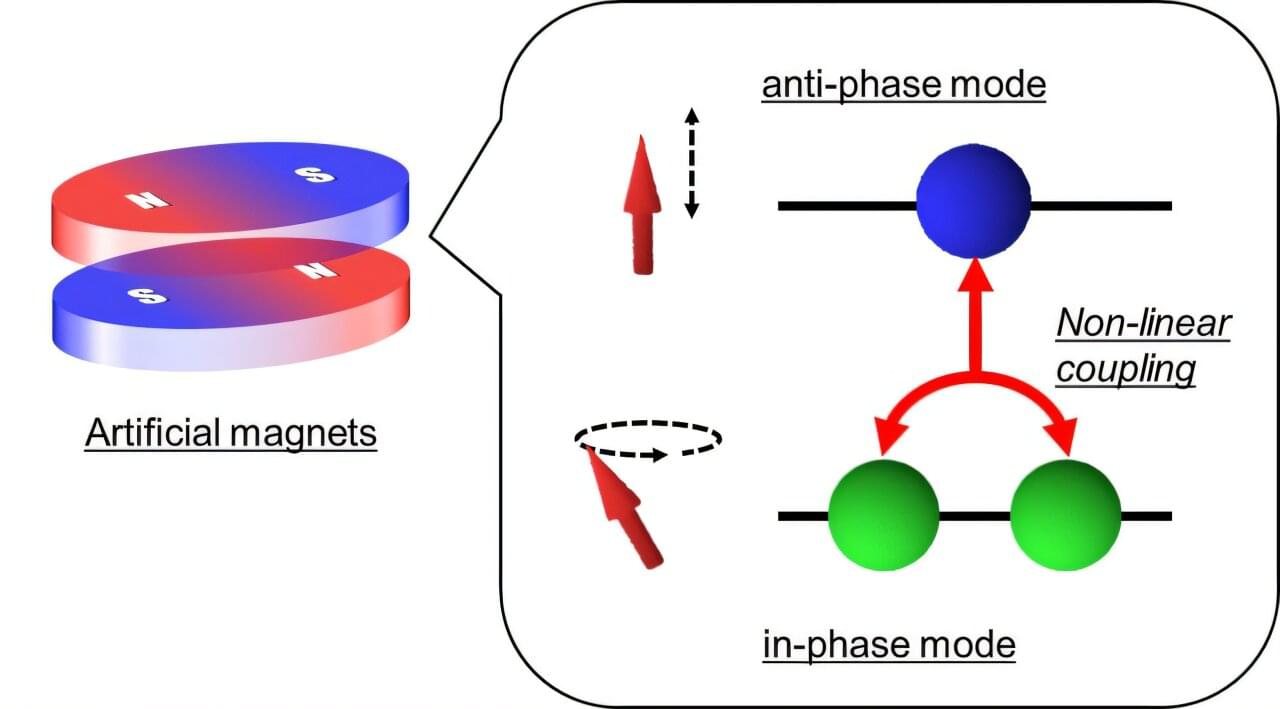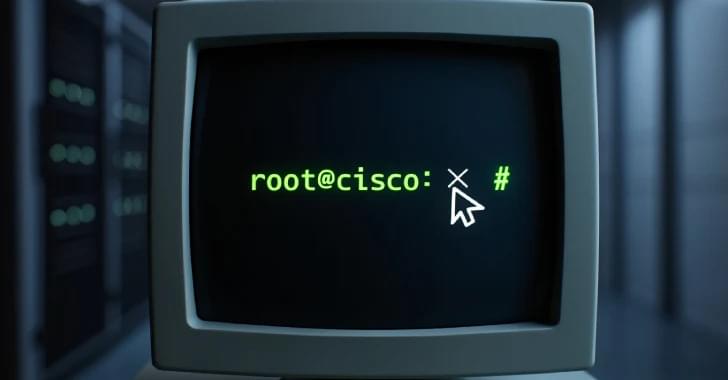Rabi-like splitting is one of the key concepts in modern quantum technology. Fully understanding it can help us advance our knowledge in quantum information processing. Assistant Professor Aakanksha Sud (Tohoku University), Dr. Kei Yamamoto (JAEA), Professor Shigemi Mizukami (Tohoku University), and collaborators discovered that Rabi-like splitting could be achieved using nonlinear coupling, which remarkably preserves the symmetries of the system. This result opens up various possibilities to deepen our understanding of nonlinear dynamics and coupling phenomena in artificial control.
The findings were published in Physical Review Letters on June 20, 2025.
In quantum physics, when there is a coupling between two harmonic oscillators with an ideal oscillation frequency, the oscillation frequency splits to two different frequencies in the coupled system. The difference in these two frequencies is referred to as Rabi splitting.








